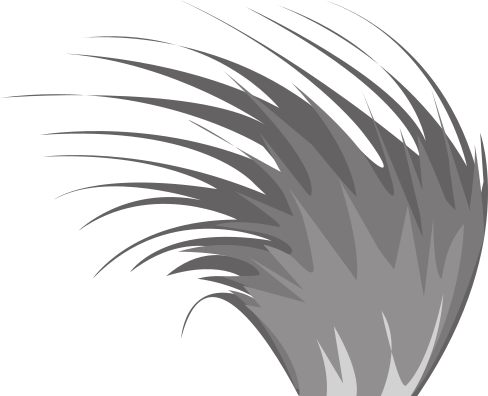Losing our edges: adjacent land-use intensification facilitates plant invasions into indigenous shrubland fragments
Talk / Seminar on Wednesday 11th of June 2025, 05:20 PM (5 months ago)
Contact: Gretchen Brownstein
Speaker: Gretchen Brownstein.
Native shrublands were once common across the Canterbury Plains, but over time, conversion of land to other uses including irrigated pasture have contributed to their gradual decline. In this talk I will be discussing a study we recently published which found that spillover of nutrients and water from adjacent intensive agriculture is facilitating invasions by exotic plants into reserves set up to protect the last remnants of these native shrublands. We show that nitrogen enrichment, likely from irrigated animal effluent, is detectable 10 m inside reserve boundary fences. And we observed increases in exotic herbs and grasses, along with declines in native species, up to 30–40 m in from irrigated boundaries. These distances are significant as some of these reserves are only 100 m across, meaning that more than 60% of these reserves can be affected.
The ongoing effects of more intensive land use adjacent to the reserves could be managed with better rules around buffers. However, our study highlights the larger problem of establishing representative reserves that are too small. To maintain viable indigenous populations in other landscapes will require protection of blocks in the 100s of ha to avoid past mistakes in reserve design made on the Canterbury Plains.
